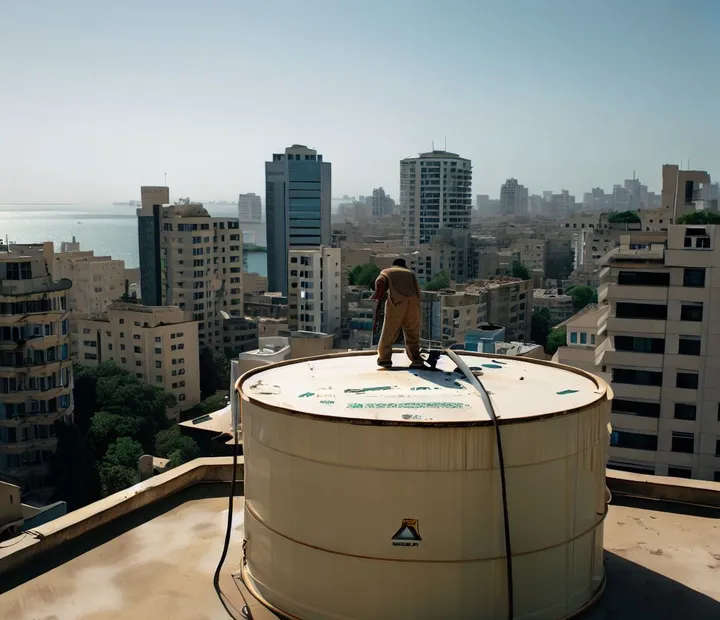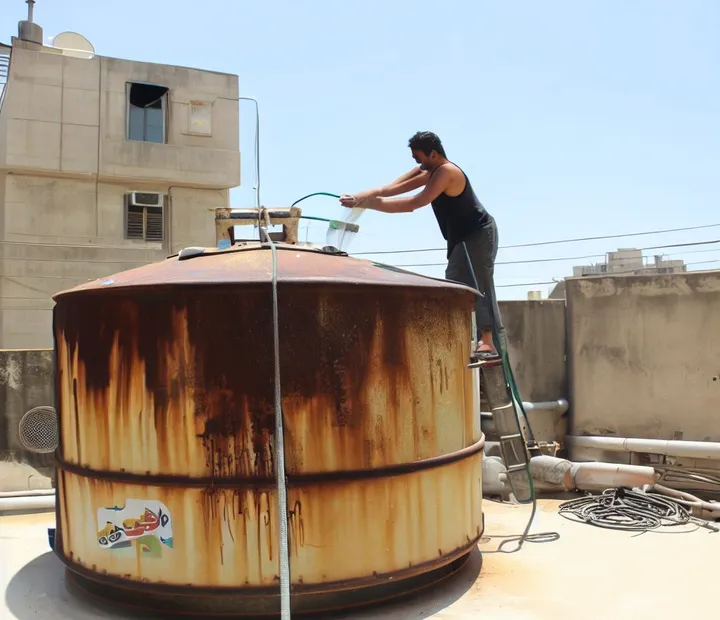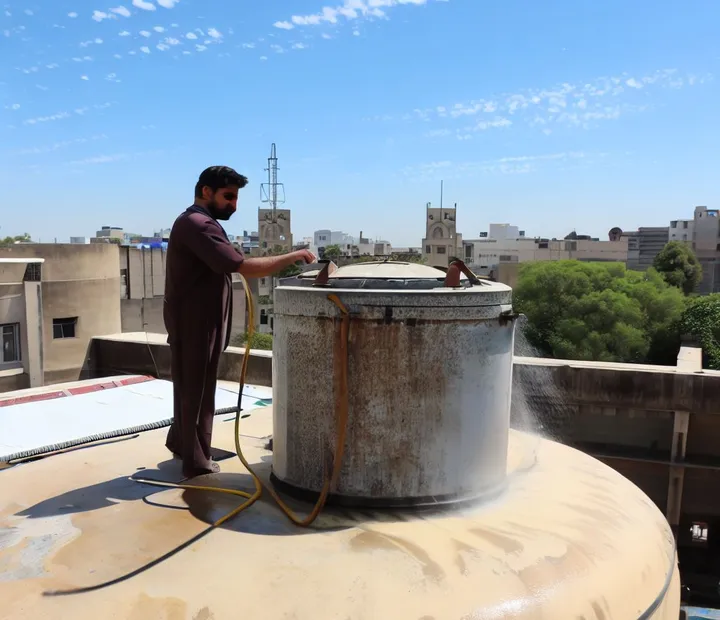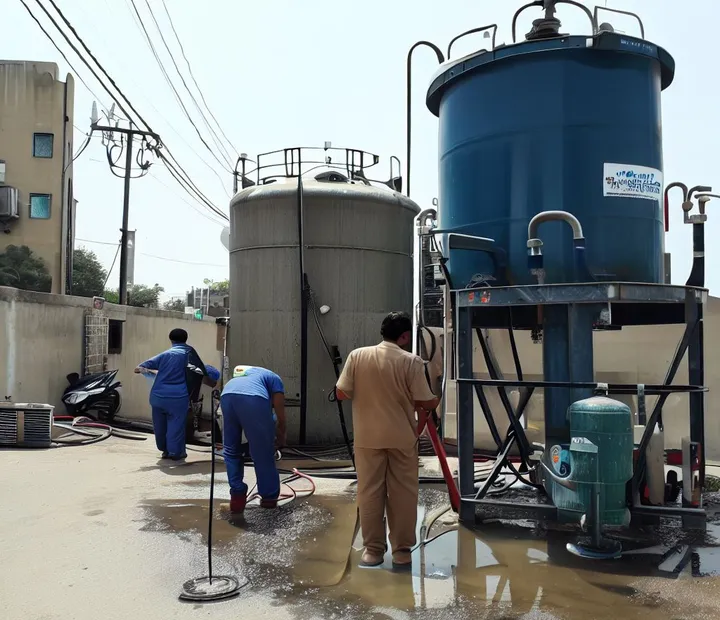Water is essential for life, but it can also be a source of disease and infection if it is not clean and safe. Water tanks are commonly used in Karachi to store water for domestic and commercial purposes, but they can also accumulate dirt, debris, algae, bacteria, and other contaminants over time. These can affect the quality and taste of the water, as well as pose health risks to the users. Therefore, it is important to clean your water tank regularly to ensure that you have access to clean and safe water.
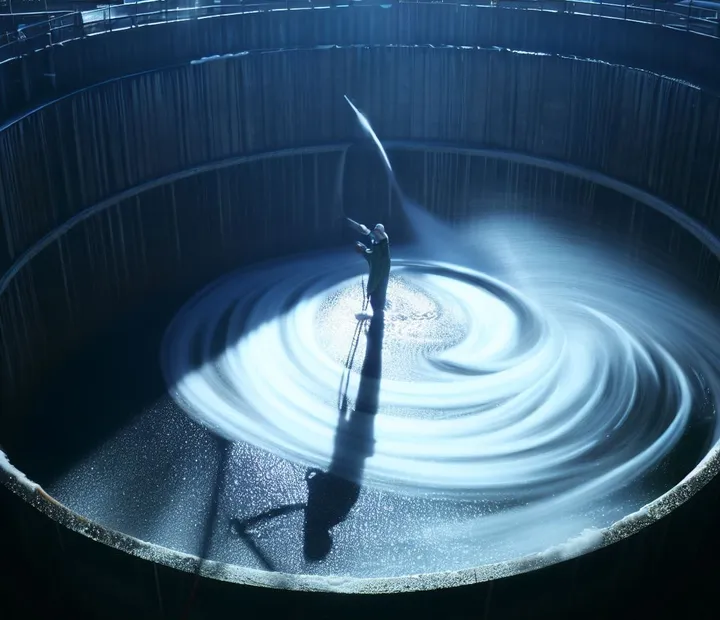
How often should you clean your water tank?
There is no definitive answer to this question, as the frequency of cleaning your water tank depends on several factors, such as:
- The type and size of your water tank
- The source and quality of the water you fill your tank with
- The location and exposure of your water tank
- The usage and demand of the water from your tank
- The maintenance and inspection of your water tank
However, as a general rule of thumb, you should clean your water tank at least once every six months to prevent the buildup of sediments and contaminants. You may need to clean your water tank more often if you notice any signs of deterioration in the water quality, such as:
- Discoloration or cloudiness
- Bad odor or taste
- Presence of particles or debris
- Growth of algae or slime
- Reduced water pressure or flow
Why is cleaning your water tank more important in Karachi?
Karachi is a megacity with a population of over 20 million people, and it faces many environmental and climatic challenges that affect its water supply and quality. Some of these challenges are:
- Water scarcity and stress: Karachi has a high demand for water, but a low supply of freshwater resources. According to a report by UNESCO, Karachi’s annual water demand is estimated at 1,200 million gallons per day (MGD), but its supply is only 550 MGD, leaving a deficit of 650 MGD. This means that many households and businesses rely on alternative sources of water, such as groundwater, tanker trucks, or bottled water, which may not be regulated or tested for quality and safety.
- Water pollution and contamination: Karachi’s water sources are polluted by various sources of waste and pollutants, such as industrial effluents, sewage, agricultural runoff, solid waste, and oil spills. According to a study by the National Institutes of Health, chromium, and lead levels are high in almost all groundwater sources in Karachi, especially in industrial areas. These heavy metals can cause serious health problems, such as anemia, kidney failure, and brain damage. Moreover, Karachi’s coastline, which stretches over 135 km, is also facing severe pollution due to a combination of industrial, port, municipal, and transportation activities. This affects the marine life and the mangrove forests that protect the coast from erosion and provide livelihoods for fishermen.
- Climate change and variability: Karachi’s climate is characterized by warm summers, mild winters, and high humidity. However, in recent years, Karachi has experienced more extreme weather events, such as heat waves, floods, droughts, and cyclones. These events have disrupted the water supply and distribution systems, damaged the infrastructure and facilities, increased the risk of waterborne diseases, and affected the livelihoods and well-being of the people. For example, in July 2022, Karachi was battered by torrential rain that caused widespread flooding, power outages, casualties, and displacement.
These challenges make it more important for you to clean your water tank regularly in Karachi to ensure that you have access to clean and safe water that meets the standards set by the World Health Organization (WHO).
How can you clean your water tank effectively?
Cleaning your water tank may seem like a daunting task, but it can be done easily if you follow these steps:
- Prepare the necessary tools and equipment: You will need a bucket, a hosepipe or a pump, a brush or a broom, a disinfectant (such as chlorine or hydrogen peroxide), gloves, goggles, and protective clothing.
- Drain the water from your tank: You should drain the water from your tank completely before cleaning it. You can use the water for non-potable purposes, such as watering plants or washing floors. You should also disconnect any pipes or valves that are connected to your tank to prevent contamination.
- Scrub the inside of your tank: You should scrub the inside walls and floor of your tank with a brush or a broom to remove any dirt, debris, algae, or slime. You should also check for any cracks or leaks in your tank and repair them if necessary.
- Rinse the inside of your tank: You should rinse the inside of your tank with clean water several times until there is no residue left. You can use a hosepipe or a pump to spray water inside your tank and drain it through the outlet.
- Disinfect the inside of your tank: You should disinfect the inside of your tank with a suitable disinfectant to kill any bacteria or germs that may be present. You can use chlorine or hydrogen peroxide as a disinfectant, but you should follow the instructions and precautions given by the manufacturer. You should also measure the concentration and pH of the disinfectant to ensure that it is effective and safe. You should leave the disinfectant in your tank for at least 30 minutes, or longer if recommended by the manufacturer.
- Flush the inside of your tank: You should flush the inside of your tank with clean water again to remove any traces of the disinfectant. You should also test the water quality to ensure that it meets the standards set by WHO. You can use a water quality testing kit or a laboratory service to test the water quality.
- Refill your tank with clean water: You should refill your tank with clean water from a reliable source. You should also reconnect any pipes or valves that are connected to your tank and check for any leaks or blockages. You should also label your tank with the date of cleaning and the next due date.
How can you maintain your water tank properly?
Cleaning your water tank is not enough to ensure that you have access to clean and safe water. You should also maintain your water tank properly by following these tips:
- Inspect your water tank regularly: You should inspect your water tank at least once a month to check for any signs of deterioration in the water quality or the tank’s condition. You should also monitor the water level, pressure, and flow in your tank and adjust them if necessary.
- Protect your water tank from external factors: You should protect your water tank from external factors that may affect its performance or quality, such as sunlight, heat, dust, insects, animals, or vandalism. You should cover your water tank with a lid or a shade to prevent evaporation, algae growth, or contamination. You should also place your water tank on a raised platform or a stand to prevent flooding, corrosion, or damage.
- Filter your water before using it: You should filter your water before using it for drinking, cooking, or washing. You can use a simple cloth filter, a ceramic filter, a carbon filter, or a reverse osmosis filter to remove any impurities or contaminants from your water. You should also boil your water or use a UV lamp to disinfect it before using it.
- Hire a professional service: If you are not confident or comfortable with cleaning your water tank yourself, you can hire a professional service to do it for you. These companies have trained and qualified technicians who use advanced equipment and techniques to clean your water tank effectively and efficiently.
Conclusion
Water tanks are an important source of water supply in Karachi, but they can also become a source of disease and infection if they are not cleaned and maintained properly. Therefore, you should clean your water tank at least once every six months, or more often if needed, to ensure that you have access to clean and safe water.
You can clean your water tank yourself by following the steps given above, or you can hire a professional service to do it for you. By doing so, you can protect yourself and your family from waterborne diseases and improve your health and well-being.

Dr. Ahmed is a renowned entomologist with over 20 years of experience in studying insects. He obtained her Bachelor’s degree in Biology from the University of Punjab, and then completed his Master’s and Ph.D. in Entomology from the University of the Punjab.
Dr. Ahmed has conducted extensive research on the behavior, ecology, and evolution of insects. His work has been published in numerous peer-reviewed scientific journals and has been presented at international conferences. He has also served as a consultant for various organizations, including government agencies and private companies.

